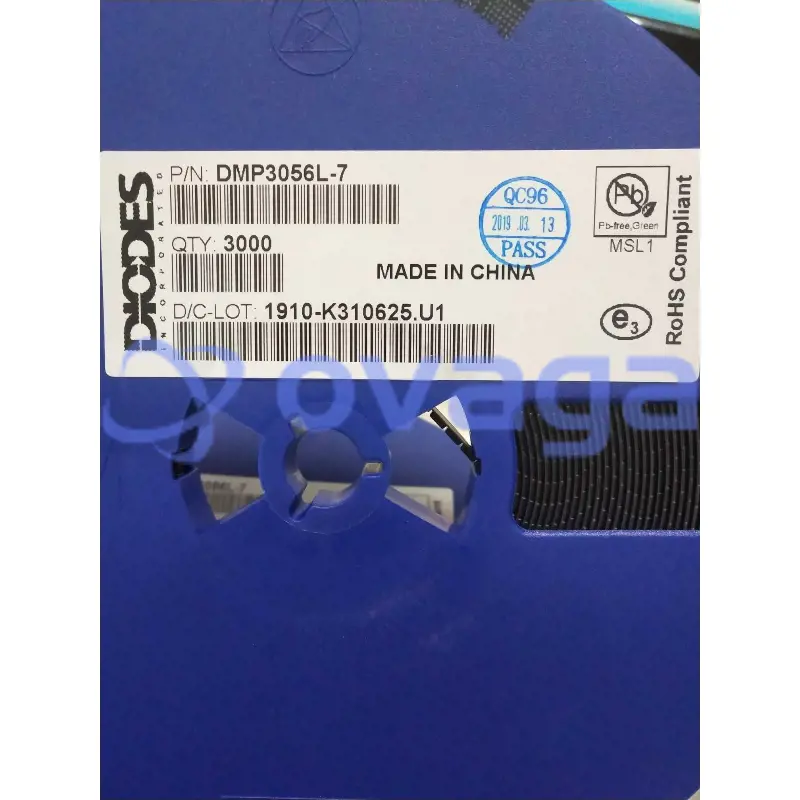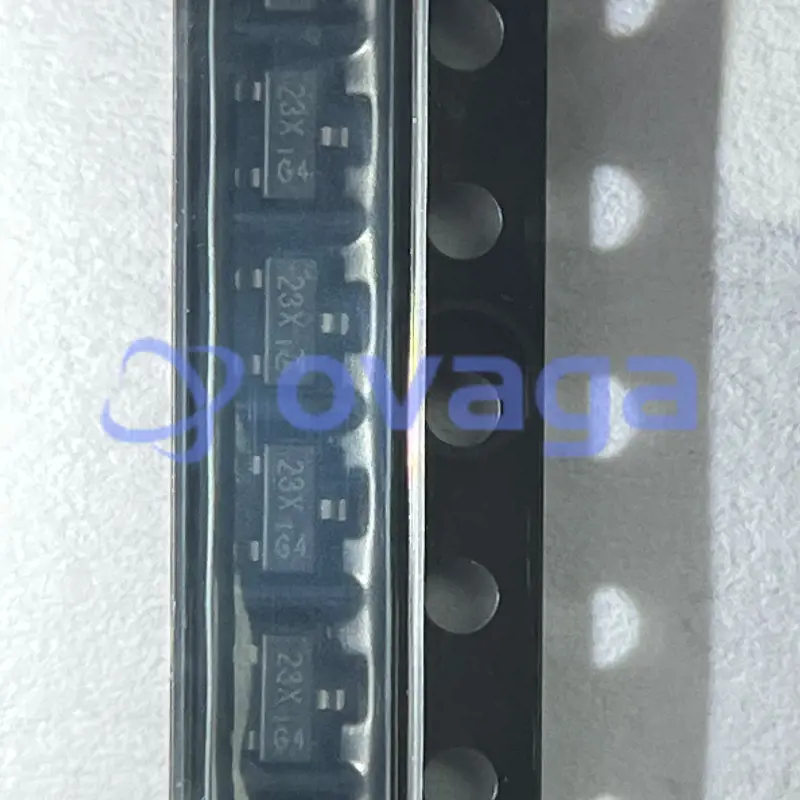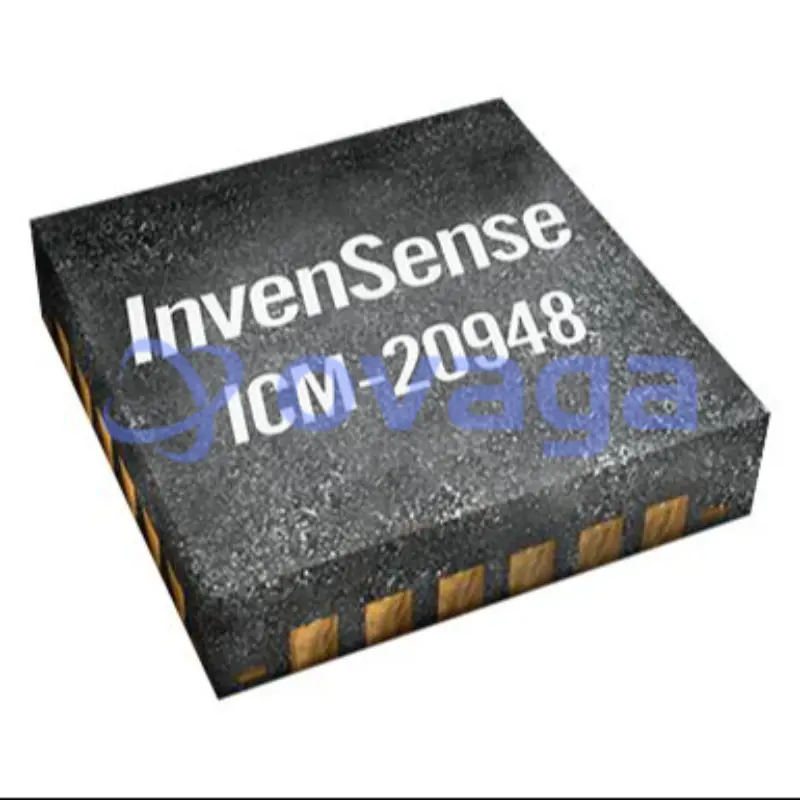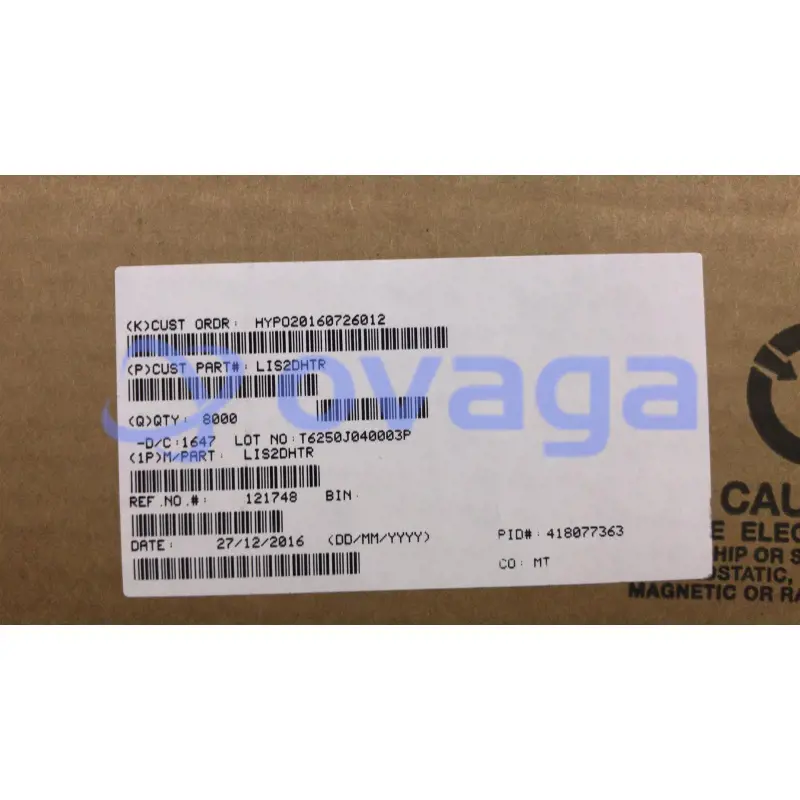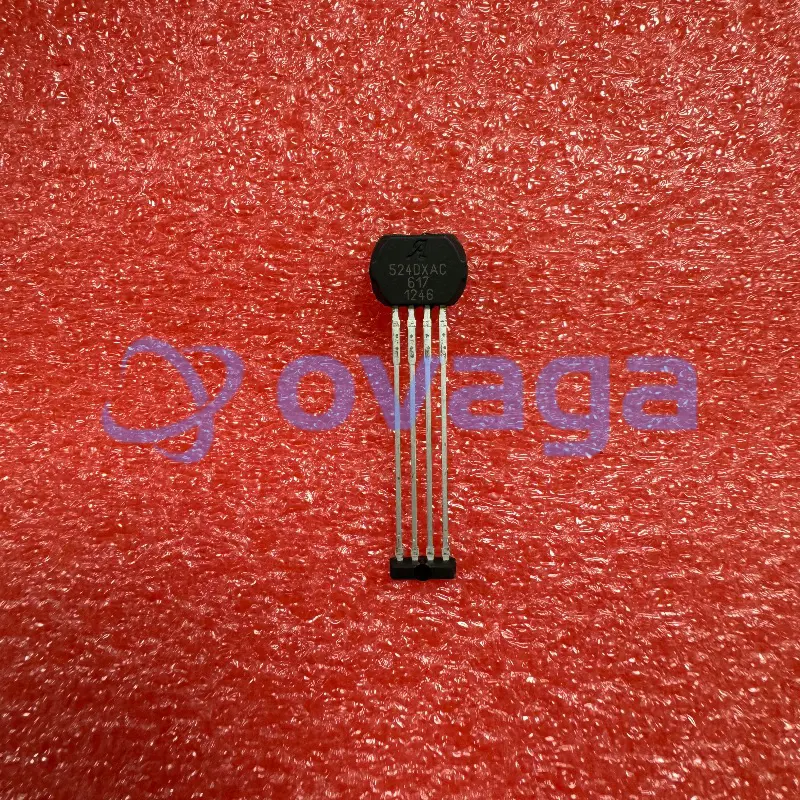Safeguarding Electrical Systems: The Power of Neutral Earthing Resistors
Update Time: Jun 14, 2023 Readership: 2953
Contents
Neutral earthing resistors (NGRs) play a crucial role in electrical systems by providing a safe and controlled path for fault currents to flow. They are essential components used to ground the neutral point of an electrical system, ensuring stability and protection. By introducing resistance into the neutral grounding, NGRs effectively limit fault currents and prevent excessive damage to equipment and personnel. Understanding the importance of NGRs is vital for maintaining the safety and reliability of electrical installations.
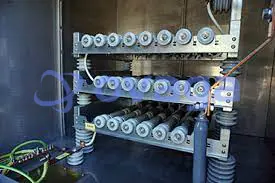
What is a Neutral Earthing Resistor?
A Neutral Earthing Resistor (NGR) is an electrical component designed to provide a controlled path for fault currents to flow in electrical systems. It is connected between the neutral point of the system and ground. The NGR introduces resistance into the neutral grounding, limiting the magnitude of fault currents and preventing them from reaching hazardous levels.
The primary function of an NGR is to protect electrical equipment and personnel from the damaging effects of fault currents. By limiting fault current magnitude, the NGR reduces the risk of electrical fires, equipment damage, and electrical shock hazards. It ensures the stability and reliability of the electrical system by maintaining a reference voltage level and preventing voltage imbalances between phases during fault conditions.
NGRs are commonly used in various electrical installations, including power generation plants, substations, distribution networks, and industrial facilities. They are particularly important in systems with high fault current levels or sensitive equipment that needs to be safeguarded against excessive currents.
Neutral Earthing Resistor Principle
The principle of a Neutral Earthing Resistor (NGR) revolves around creating a controlled path for fault currents to flow in an electrical system. The primary objective is to limit the magnitude of fault currents and provide a stable reference point for the system's neutral point.
When a fault occurs in an electrical system, such as a short circuit or ground fault, a high magnitude of fault current can flow through the system. Without proper protection, this fault current can cause severe damage to equipment and pose safety risks to personnel.
By introducing an NGR, a specific resistance value is added in the path between the neutral point of the system and ground. This resistor limits the fault current magnitude by impeding its flow, thus preventing excessive current levels. The resistance value is carefully chosen to strike a balance between limiting fault currents and maintaining system stability.
The NGR provides several benefits. It helps mitigate the risk of electrical fires, protects electrical equipment from damage, and reduces the possibility of electrical shock hazards. Additionally, it ensures that during fault conditions, the voltage imbalance between phases is minimized, maintaining stability in the system.
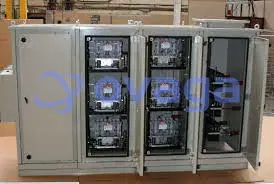
Understanding Neutral Earthing Resistors
What does a neutral earthing resistor do?
A neutral earthing resistor (NGR) is responsible for grounding the neutral point of an electrical system. It provides a controlled resistance path for fault currents to flow during faults or abnormal conditions. By introducing resistance, the NGR limits the magnitude of fault currents, preventing them from reaching dangerously high levels. This protective measure minimizes the risk of electrical fires, equipment damage, and ensures the safety of personnel working on or around the system.
Why is NGR used in transformers?
NGRs are particularly crucial in transformer installations. Transformers are susceptible to transient overvoltages and fault currents. The NGR serves as a vital protective measure by mitigating these risks. During fault conditions, the NGR limits the fault current magnitude, reducing stress on the transformer windings and insulation. This helps prevent catastrophic failures and extends the lifespan of the transformer. Additionally, NGRs help control transient overvoltages that can occur due to lightning strikes or switching operations, safeguarding the transformer and connected equipment from damage.
By employing NGRs in transformer installations, the system's reliability and safety are significantly enhanced. The NGR acts as a vital line of defense, protecting against excessive fault currents and transient overvoltages that could lead to severe damage and disruption in electrical systems.
Specifying a Neutral Earthing Resistor
Factors to Consider
When specifying a Neutral Earthing Resistor (NGR), several key factors should be taken into account. These include the system voltage, fault current levels, and fault duration. Accurate determination of these parameters is crucial for proper sizing and selection of the NGR.
System voltage: The voltage level of the electrical system impacts the insulation requirements and determines the voltage withstand capability of the NGR. It is essential to consider the nominal system voltage and any potential voltage transients that may occur.
Fault current levels: Understanding the maximum fault current that the NGR will encounter is vital. This information helps in selecting an NGR with the appropriate current handling capacity to safely dissipate fault currents.
Fault duration: The duration of fault conditions also influences NGR selection. It affects the thermal performance of the resistor and determines the need for short-time or continuous-duty operation.
Accurately determining these factors allows for proper sizing of the NGR, ensuring it can handle the anticipated fault conditions and maintain system integrity and safety.
Resistor Characteristics
NGRs possess specific characteristics that impact their performance and safety within the electrical system.
Resistance value: The resistance value of the NGR is carefully chosen to limit fault currents effectively. It should strike a balance between restricting fault currents to acceptable levels and minimizing unwanted voltage rise.
Continuous current rating: This rating determines the maximum continuous current the NGR can handle without exceeding its temperature limits. It ensures the resistor can sustain the expected fault current without compromising its integrity.
Temperature rise limits: NGRs have temperature limits to prevent overheating and ensure long-term reliability. Monitoring the temperature rise during fault conditions is crucial for maintaining the resistor's integrity and avoiding excessive temperature rise.
These characteristics must be carefully evaluated to ensure the selected NGR can meet the demands of the system, handle fault currents effectively, and operate within specified temperature limits. By considering these factors and understanding the resistor's characteristics, a suitable NGR can be specified to guarantee optimal performance and safety in the electrical system.
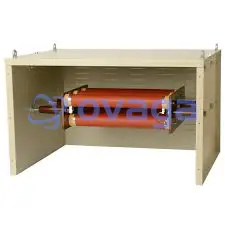
Standards for Neutral Grounding Resistors
International Standards
There are several international standards that govern the design and installation of Neutral Grounding Resistors (NGRs), ensuring their proper implementation and functionality.
IEC 60076: This standard, developed by the International Electrotechnical Commission (IEC), provides guidelines for power transformers, including recommendations for neutral earthing schemes and the use of NGRs.
IEEE 32: The Institute of Electrical and Electronics Engineers (IEEE) standard 32 focuses on the protection, grounding, and potential equalization of electrical installations. It addresses the use of NGRs and provides requirements for their design and installation.
ANSI/IEEE C57.104: This American National Standards Institute (ANSI) and IEEE standard specifically cover neutral grounding devices for power systems. It provides guidance on the selection, application, and testing of NGRs in various electrical systems.
Compliance and Testing
Complying with these standards is crucial to ensure the effectiveness and reliability of NGRs in electrical systems. Adhering to established guidelines promotes system safety, proper fault current handling, and protection of equipment and personnel.
Testing procedures and requirements play a vital role in meeting these standards. NGRs undergo rigorous testing to validate their performance and compliance. Tests may include measurement of resistance values, verification of current handling capacity, insulation resistance tests, and verification of thermal performance.
Compliance with standards and adherence to testing procedures not only ensure the NGR's reliability but also facilitate interoperability and compatibility within the broader electrical infrastructure. It provides confidence in the NGR's ability to function as intended and deliver the expected level of protection and stability.
By following international standards, conducting proper testing, and adhering to guidelines, the design and installation of NGRs can be optimized for the specific requirements of electrical systems. This ultimately enhances the overall safety and performance of the system, giving peace of mind to operators and users alike.
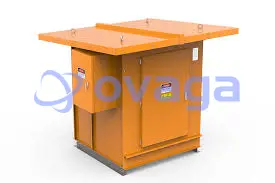
Conclusion
In conclusion, understanding the principles and specifications of Neutral Earthing Resistors (NGRs) is crucial for ensuring the safety and reliability of electrical systems. By providing a controlled path for fault currents, NGRs limit their magnitude, preventing equipment damage and protecting personnel. Accurate specification, considering factors such as system voltage, fault current levels, and duration, ensures proper NGR sizing and selection. Compliance with international standards, such as IEC 60076, IEEE 32, and ANSI/IEEE C57.104, along with rigorous testing, guarantees the effectiveness and reliability of NGRs. Adhering to these principles and standards promotes system integrity, mitigates risks, and maintains electrical system stability and safety.
Extended Reading
 FAQ
FAQ
-
What are the potential consequences of inadequate NGR sizing?
Inadequate NGR sizing can lead to several issues. If the NGR resistance is too high, it may limit the fault current excessively, compromising proper fault detection and protection. Conversely, if the NGR resistance is too low, it may not adequately limit fault currents, resulting in potential equipment damage and safety hazards.
-
Can an NGR be used in both low-voltage and high-voltage electrical systems?
Yes, NGRs are applicable to both low-voltage and high-voltage electrical systems. The specific design and rating of the NGR will vary based on the voltage level and fault current considerations of the particular system.
-
What are the primary types of neutral earthing resistor connections?
The two primary types of NGR connections are solidly grounded and impedance grounded. Solidly grounded NGRs connect the neutral directly to ground, while impedance grounded NGRs introduce a deliberate resistance to limit fault currents.
Popular Blogs
-

NTC 103 Thermistor: ...
Thermistor 103 is a type of NTC thermistor, with...
-

Define 2200(2.2k) Oh...
A 2200-ohm resistor is an electrical component t...
-

What is a 10k Resist...
The 10k resistor is a type of resistor, and we u...
-
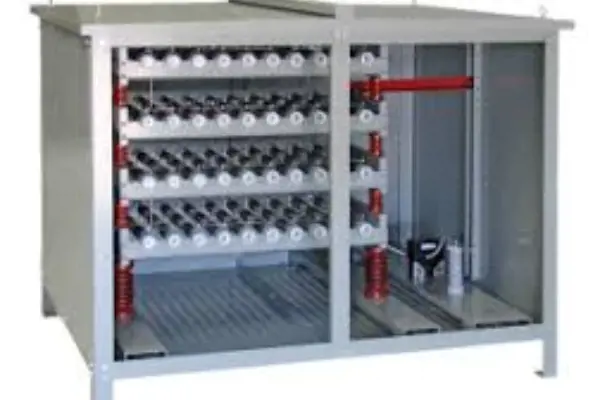
Safeguarding Electri...
A neutral earthing resistor (NGR) is an electric...



